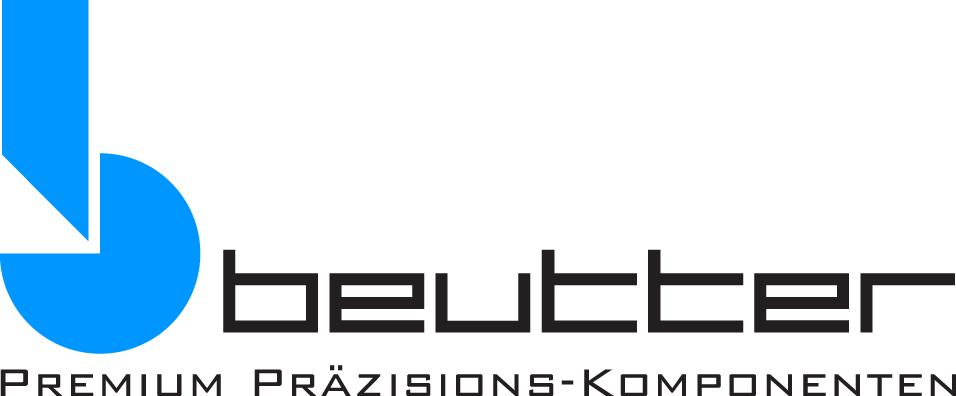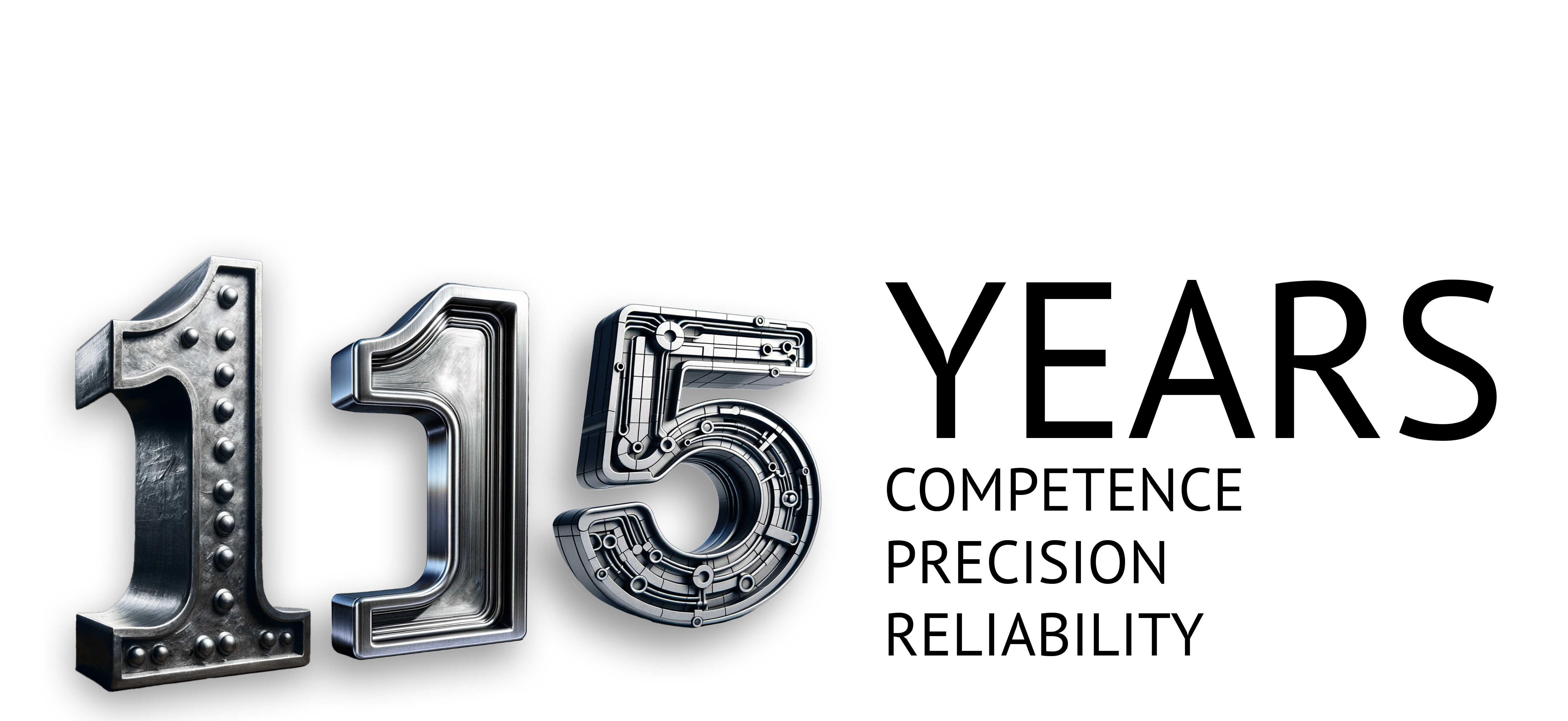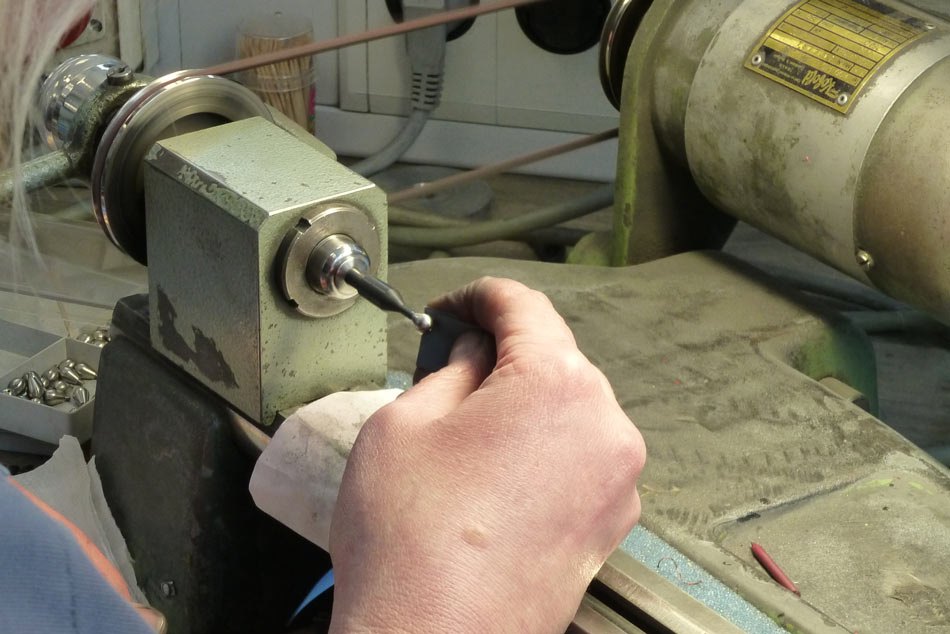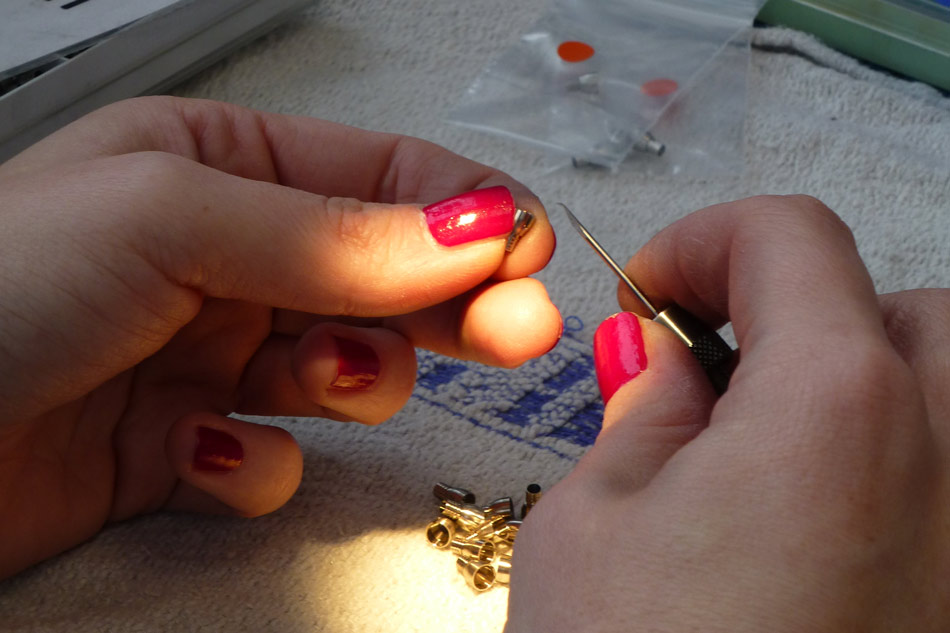Burrs are edges, splinters or fraying on workpieces that occur during turning, milling, drilling or grinding. They often impair functionality, for example due to low fitting accuracy or poor thread run, and can cause deep cuts. For this reason, workpieces are deburred by various methods:
- Vibratory finishing, also called vibratory chip removal or barrel finishing, involves placing the workpiece with abrasives, for example made of metal or ceramic, and an additive in an oscillating or rotating container. Vibratory finishing, in which vibrators vibrate the contents, deburrs even large, heavy workpieces. Centrifugal vibratory finishing is suitable for medium-heavy workpieces.
- Technical brushes remove burrs by a rotating motion.
- In thermal deburring, a gas mixture is ignited in a deburring chamber so that even burrs that are difficult to reach burn off.
- Electrochemical deburring, also known as lysing, uses electrolysis to remove burrs from hard materials in particular.
- Edges can be deburred by caustic or corrosive fluids or heating.
- A manual process for deburring is filing.
By choosing the right tool and sharp cutting edges, the formation of burrs is already reduced during turning, milling or drilling. The deburring of workpieces, for example made of stainless steel or aluminum, is nevertheless a very important work step for accurately fitting, safe workpieces.
Do you have any questions? We will be happy to support you with our comprehensive know-how.
Free problem analysis from our experts
This email address is being protected from spambots. You need JavaScript enabled to view it.
This email address is being protected from spambots. You need JavaScript enabled to view it.



